Planters, containers, and pots that are left outside over the winter run a high risk of cracking or breaking. It’s fairly simple to prevent this, but it’s sometimes hard, depending on your storage options and depending on the size of the pots.
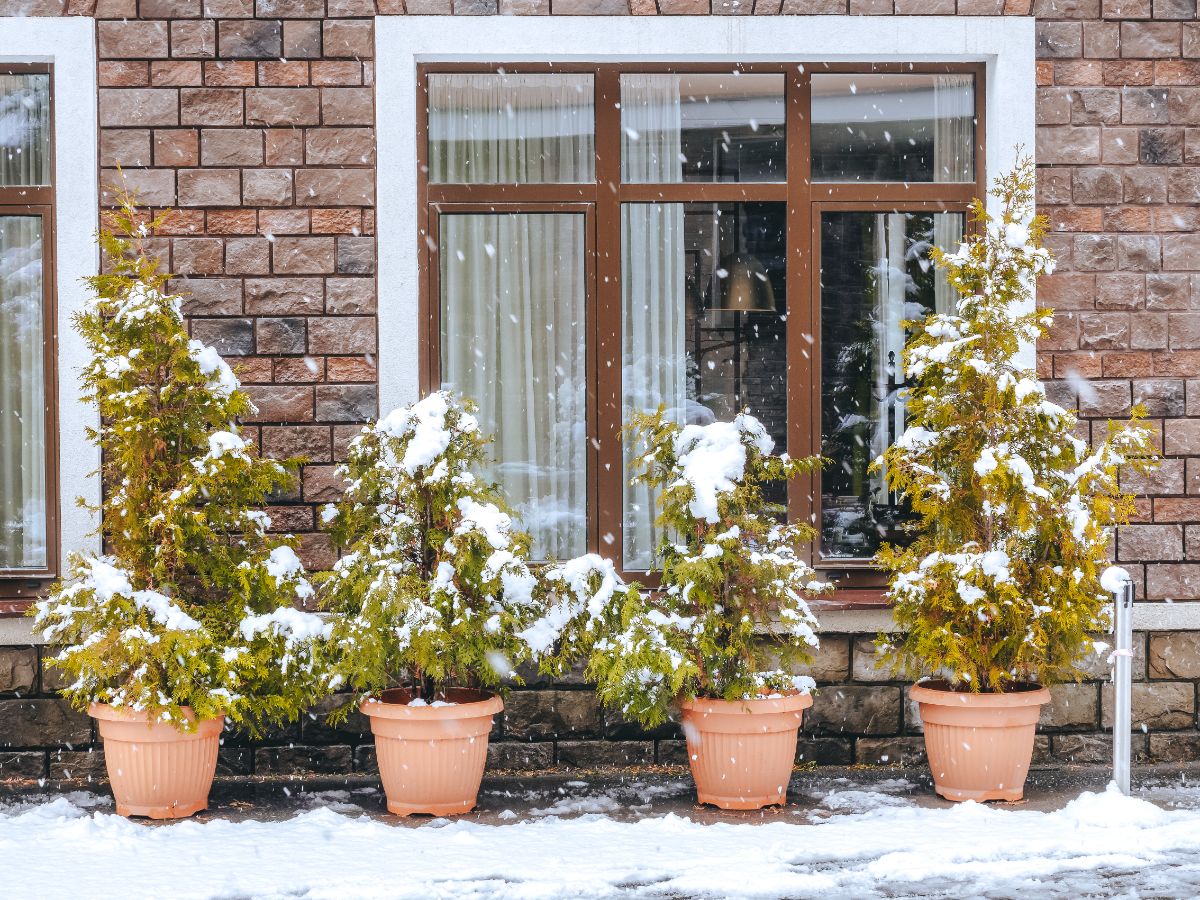
Large pots, for example (especially heavy pots made from clay or ceramics), might be too heavy for you to move. It may be that there is just no way to move that pot, especially if it is home to hardy perennials and/or filled with soil.
So, what can you do? How can you protect your pots so they don’t smash themselves to pieces over the winter?
We've got a few solutions for you.
Jump to:
Why Pots Freeze and Break

Pots that are left outside in the winter crack and break for two main reasons:
The first is that empty pots may be too light on their own, and they often get toppled and tossed around by wind and strong winter weather.
The second—and this is the most common occurrence—is that pots break because they are filled with soil, and the soil freezes. As we know, when things freeze, they expand. Dry soil doesn’t have much moisture, but it’s not likely that the soil in your pot is completely dry or that it will stay dry for the whole winter.

Even though pots have open tops, expansion doesn’t always occur in an upward motion. It’s often outward, and that puts pressure on the side of the pot, which breaks it from the inside out.
Sometimes, a frozen top or “cap” made from soil or ice on the top can act as a cover and hold soil in so that when it freezes, it has to push out towards the sides. The frozen soil can’t expand upwards, which means the pot breaks.
Fortunately, these are all easy enough scenarios to avoid. And you have a few different options.
Four Simple Ways to Keep Your Outside Pots and Planting Containers from Breaking This Winter
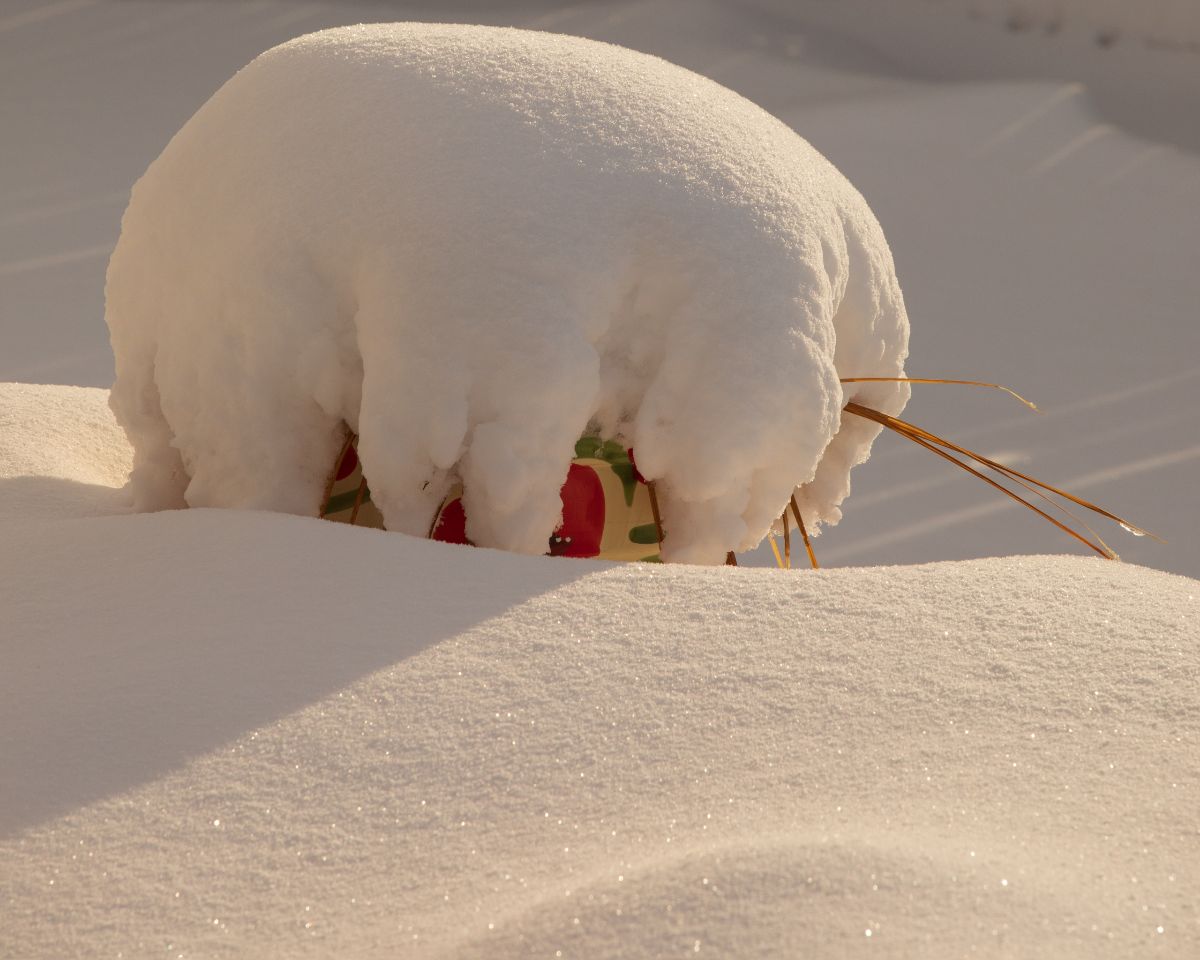
Here are four very easy ways to make sure your precious (and pricey!) pots survive the winter. Choose the one that works best for you and your situation:
1. Empty them

If you empty your pots, there’s nothing in them to expand and break. This is one of the easiest ways to stop soil from freezing, expanding, and smashing your pots to pieces.
As mentioned earlier, though, empty pots are much lighter pots. They can be blown around if the winds are too high.
If you are going to empty your pots to protect them, don’t leave them outside unless they are very heavy pots that you are sure won’t be blown around in winter winds.
One other thing to watch with empty pots—and this is an important one—is that empty planters can fill up with snow, ice, and water. When that freezes, you’re back to square one. Freezing and expansion from ice and water are often worse than from moist soil so that puts them at even more risk for breaking.
If your pot has no drainage holes, it will fill up with snow, water, and ice. But even if it has a drainage hole, if that hole freezes over or gets filled with detritus that freezes, it can still fill up.
So, you need to be very careful with empty pots over the winter if you’re leaving them outside.
2. Take them Inside
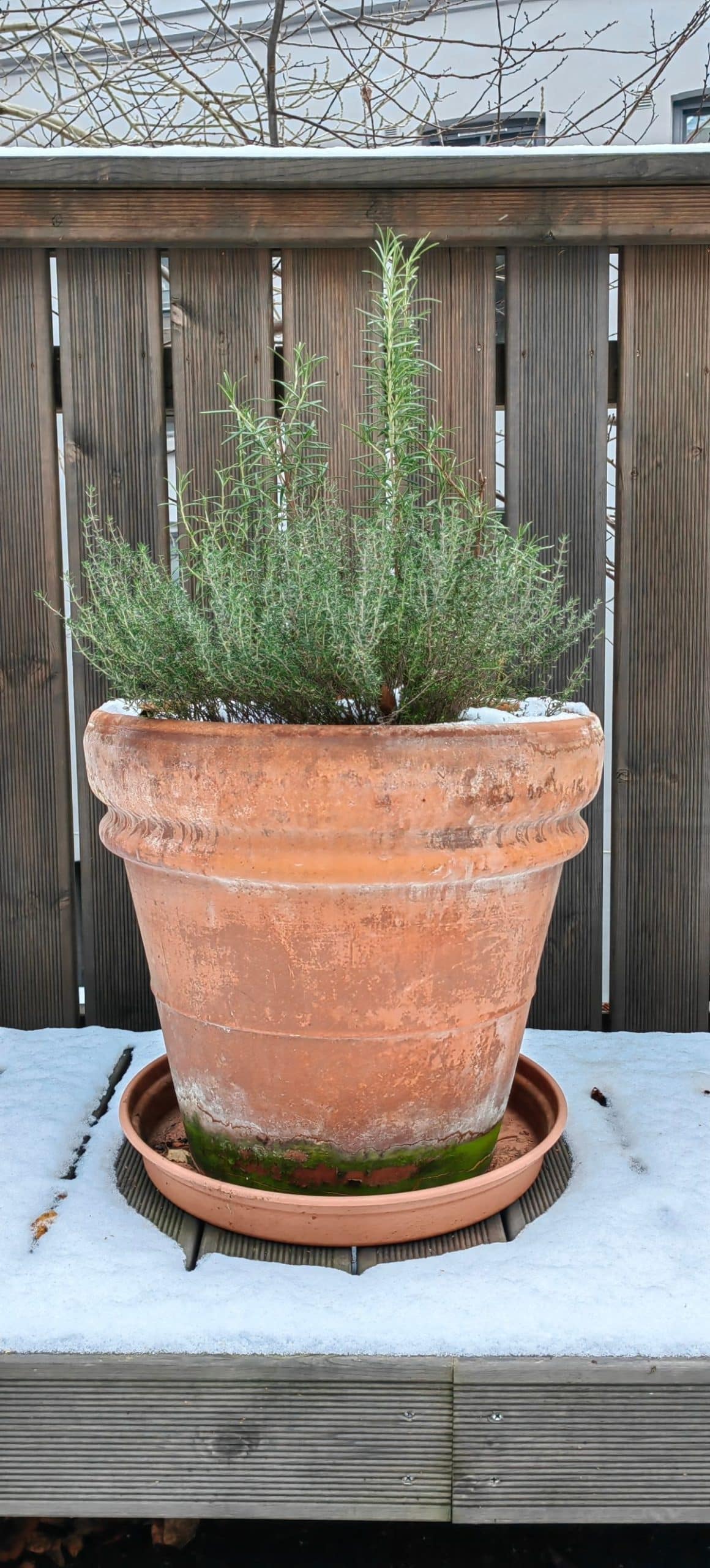
If you can, the best place for container planters is inside and under cover for the winter.
If you can empty pots and take them under cover, do.
Then, you won’t have to worry about the pots getting refilled or their holes freezing over. Empty pots that are under cover are safe from freezing.
If you move pots that have soil and/or plants inside, they might still break from freezing and expansion if the temperature is not above freezing. It’s less likely to happen, but it might. So, even if you’re storing pots inside for the winter, you might think about doing number four on this list, too.
If the soil in the pot is mostly dry, it probably won’t expand enough to break your pot while it’s indoors, as long as you don’t have to keep watering it (for example, if there is a dormant perennial overwintering in it).
3. Move away from eaves and drip edges
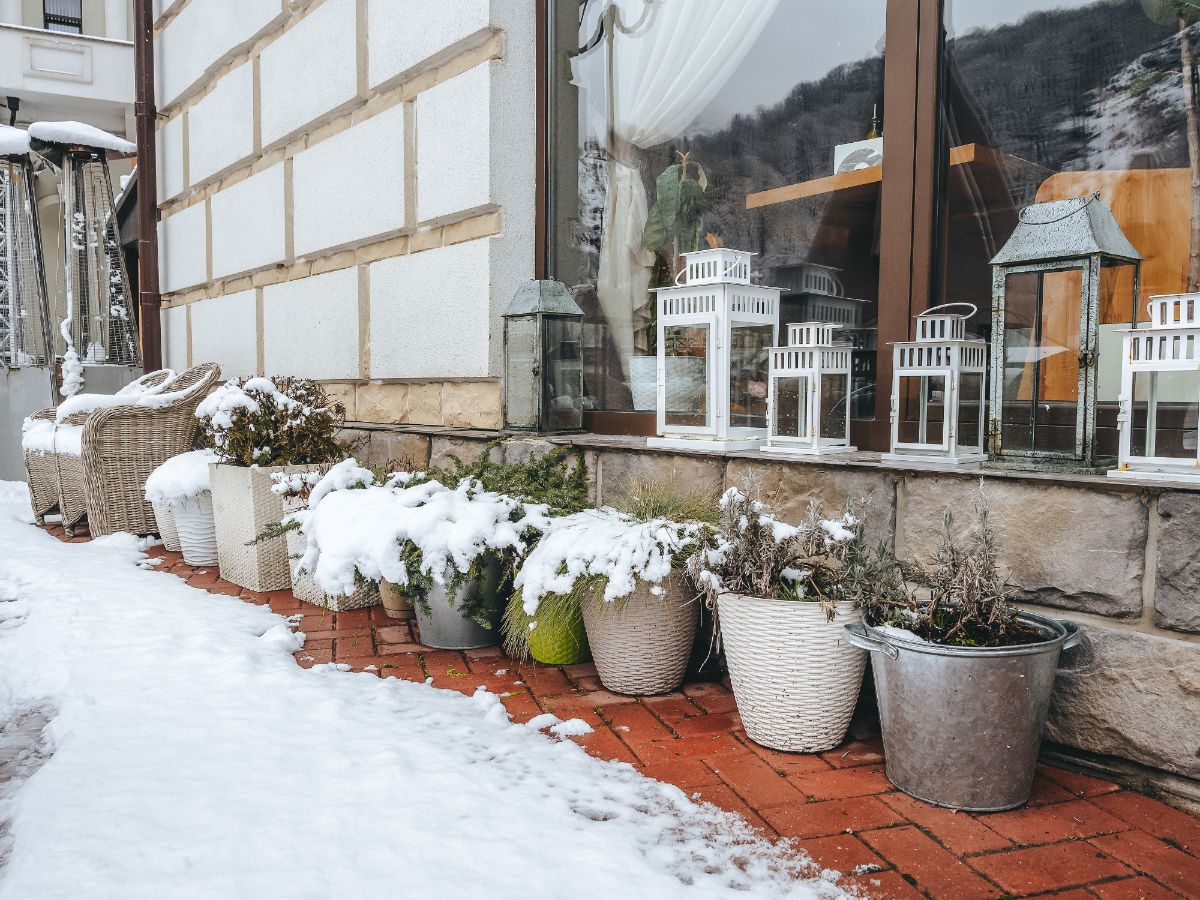
If you really can’t take your pots inside, at least move them out from under drip edges--like where the rain runs off your roof.
This will serve a few purposes.
It will stop the pots from being overfilled with rain and runoff.
It will keep them from having heavy loads of ice and snow slide down onto them and smash them.
If the pots are just too large for you to move and there’s no one to help you, try putting a wooden sandwich board protector over them (like the type used to keep falling ice and snow from smashing shrubs and bushes under the eaves).
4. Too large to move? Tip them
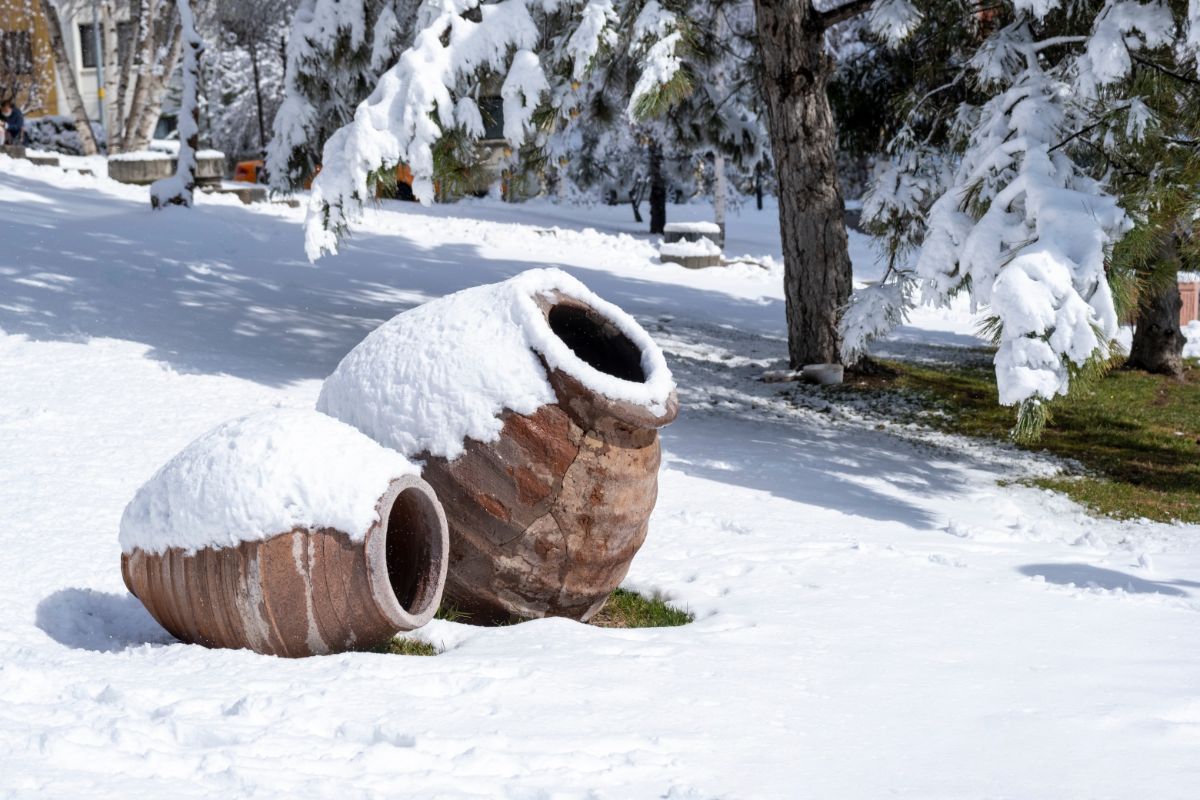
This is really one of the best solutions of all, even if you are doing some of these other things to protect your pots outside in the winter.
Tip the planter on its side.
This will stop excess water and ice from falling into your pot, which will help control expansion.
It gives you an option for those large, heavy pots that are just too big to move around.
This should keep your soil dry enough so it doesn’t have enough moisture to expand and break the pot because the freezing process will dry the soil out, and there won’t be a way for moisture to get back in until you put the pot upright again.
If you’re concerned about expansion for pots that are inside in freezing cold, you can turn them on their sides, too. It can’t hurt, and it might help!
Upside Down is Not the Answer
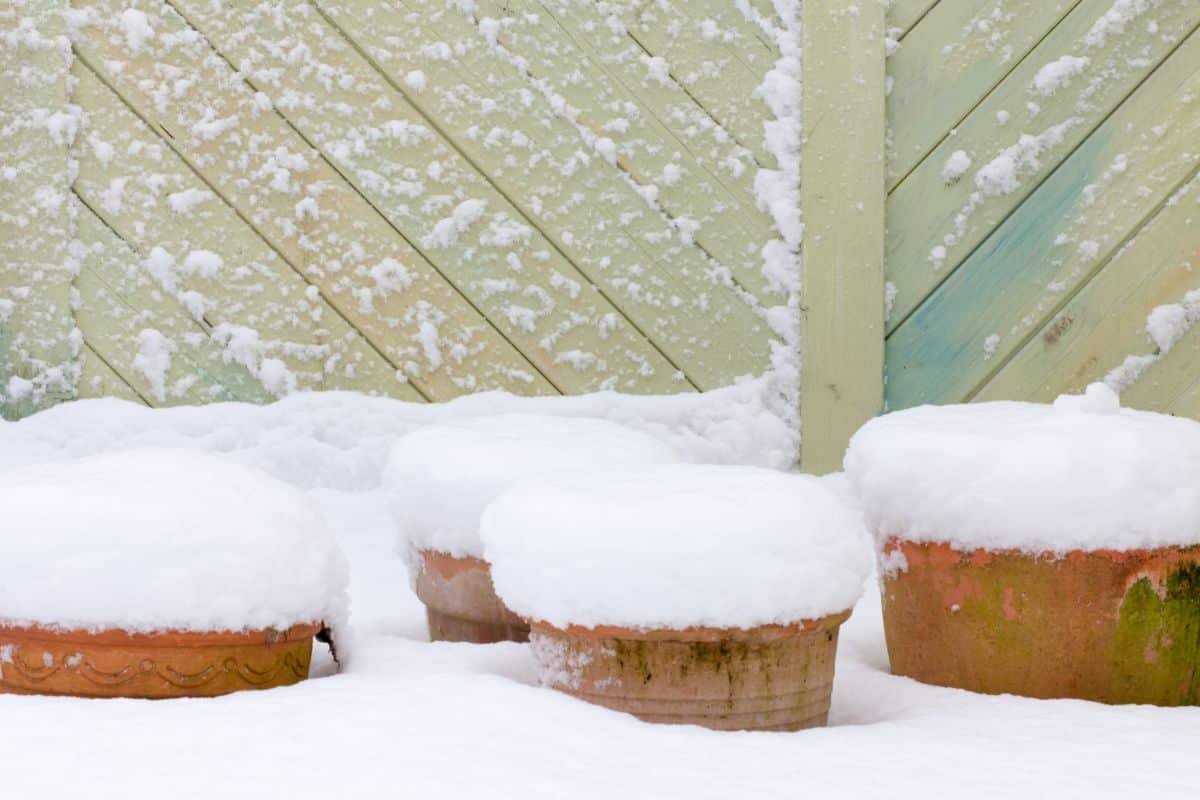
You might be tempted to just turn your pot over to keep it from getting wet, but that is the last thing you want to do if it has soil in it (and maybe even if it doesn’t). Here’s why:
If you turn a pot over that has soil in it, that soil will have no place to go when it expands but out towards the sides.
The drainage hole will also be an access point for water, which we know will increase freezing and soil expansion.
The only pot that can be helped by turning it over is an empty pot—as long as it can’t fill up with snow or water and it can’t freeze and expand. An empty pot with no drainage hole that cannot fill with water will likely be safe, though.
Other Tips for Getting Planters Through the Winter
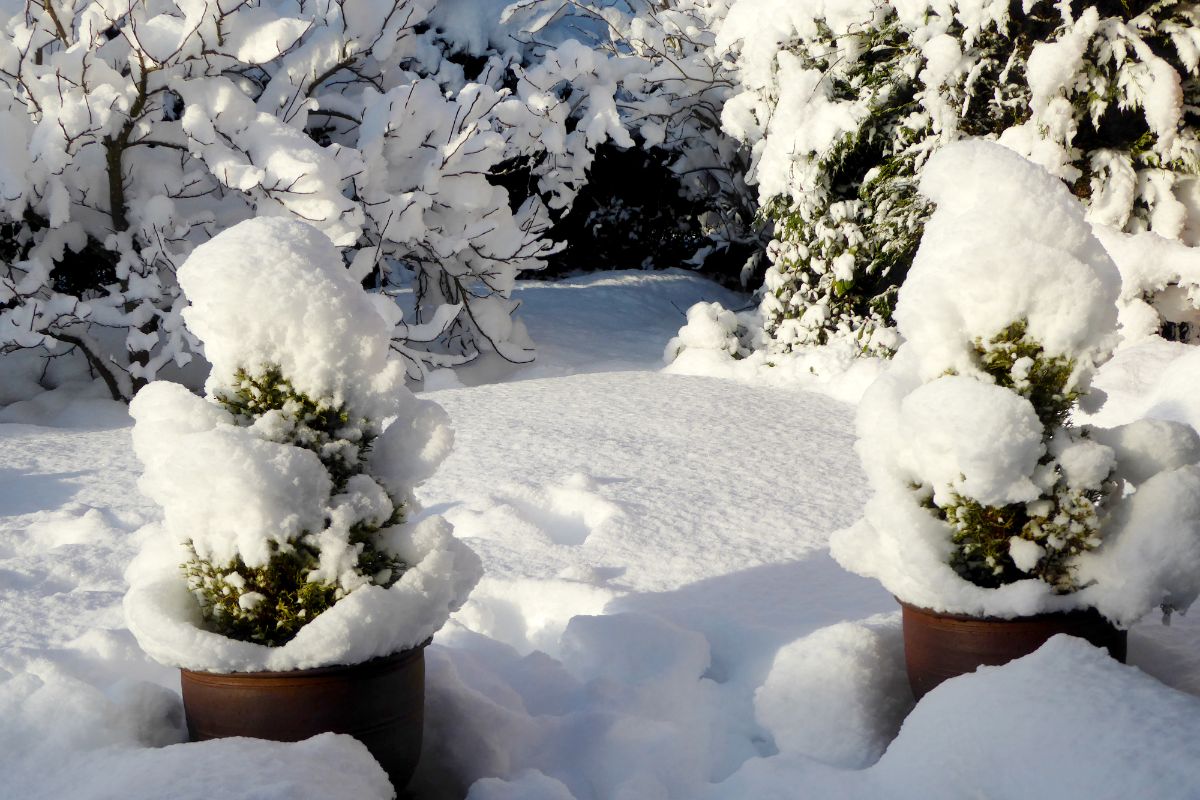
- Use plastic instead of terra cotta, glass, pottery, or crockery
- Plastic is more flexible and less likely to break or crack with freezing and expansion
- If plastic does break, it’s cheaper to replace
- Note that plastic planters are much lighter and more likely to blow away, especially if they are empty
- If you can’t do any of these things listed above, cover the pot to keep excess rain and water out
- Use a waterproof plastic or tarp that won’t let new moisture in
- Make sure any covering is weighted with rocks or something heavy so it won’t blow away and undo your protection
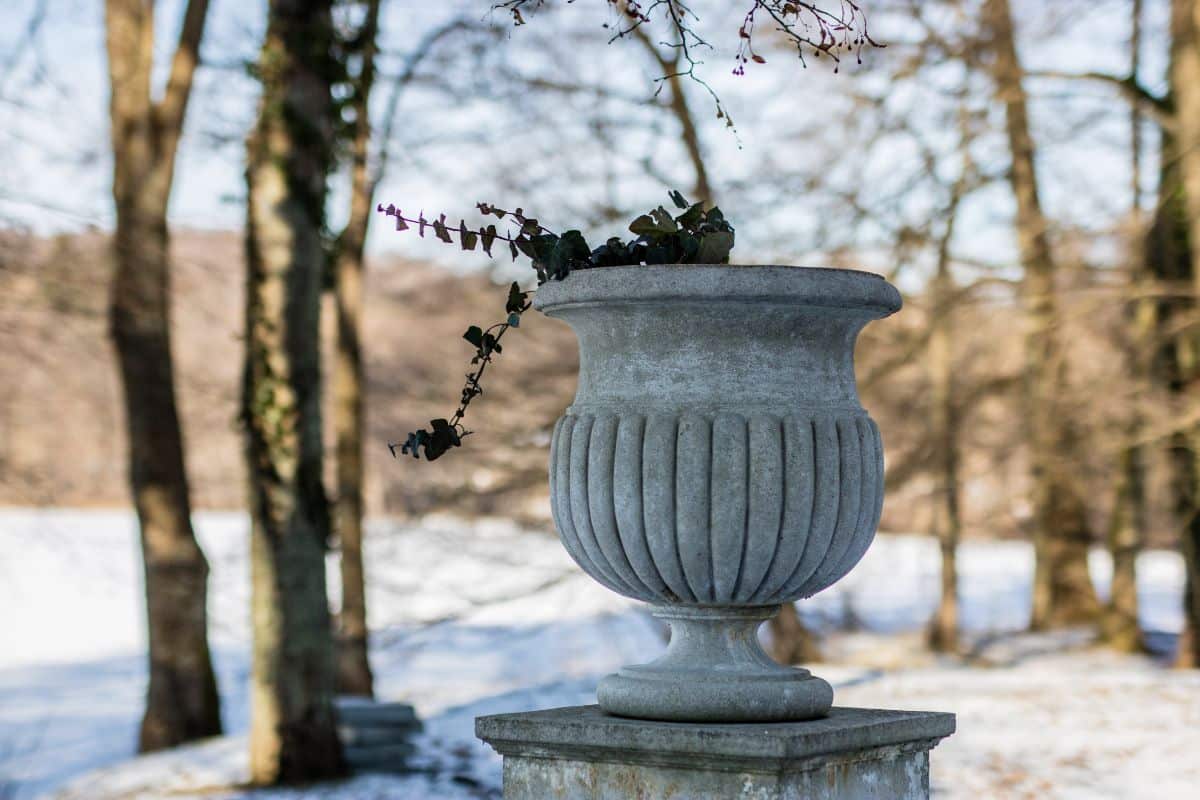
It’s not hard to keep our valuable plant containers from freezing in the winter, but it is something that can easily be overlooked. Take a minute and choose one (or two) of these few simple methods and protect your planter investment!

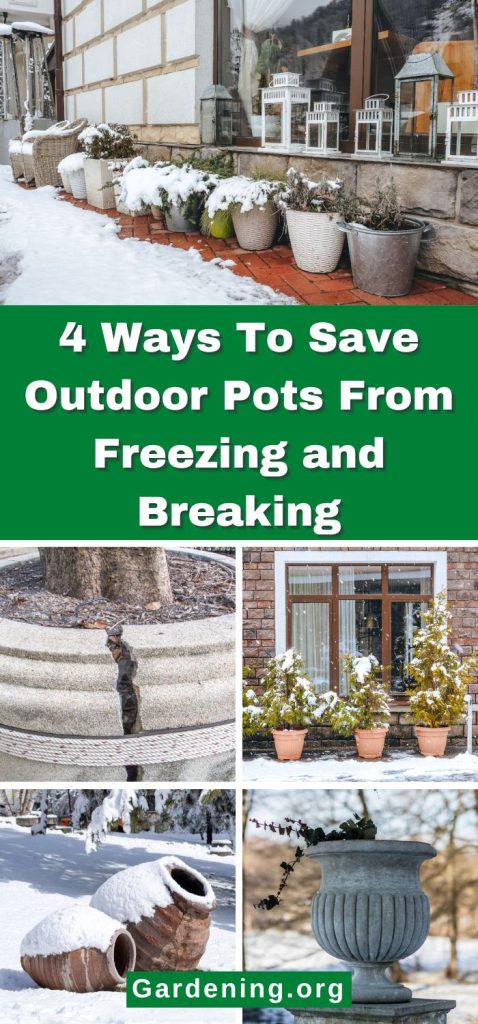
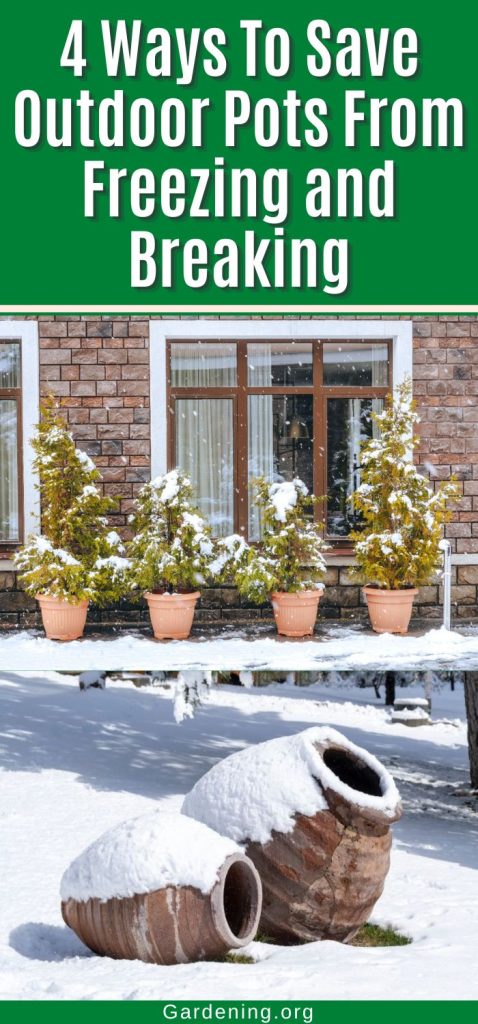
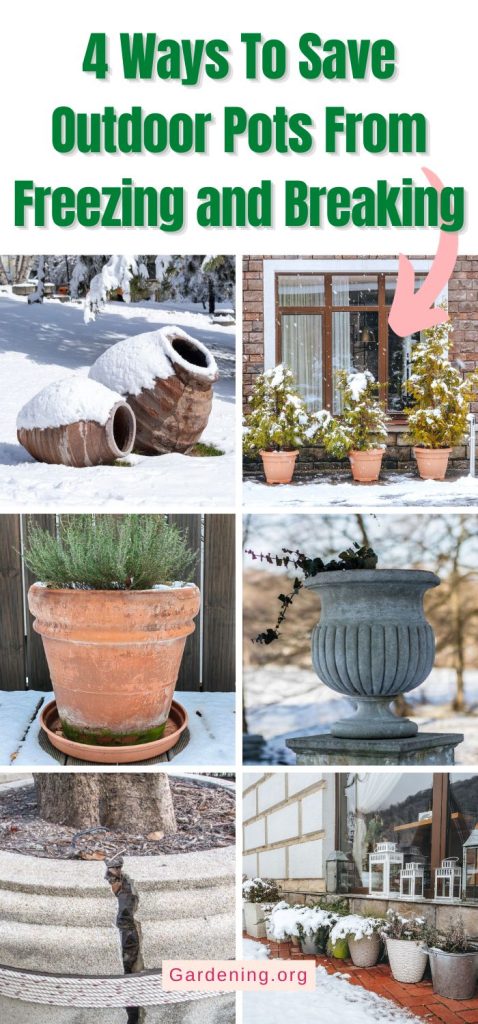
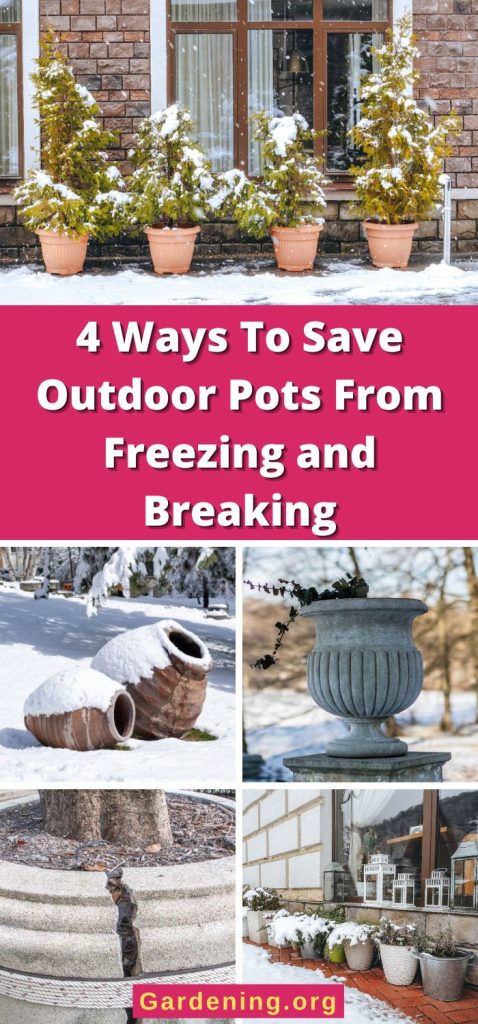
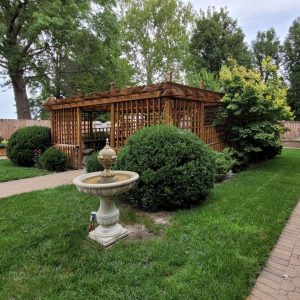
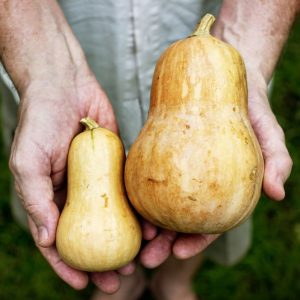


Leave a Reply